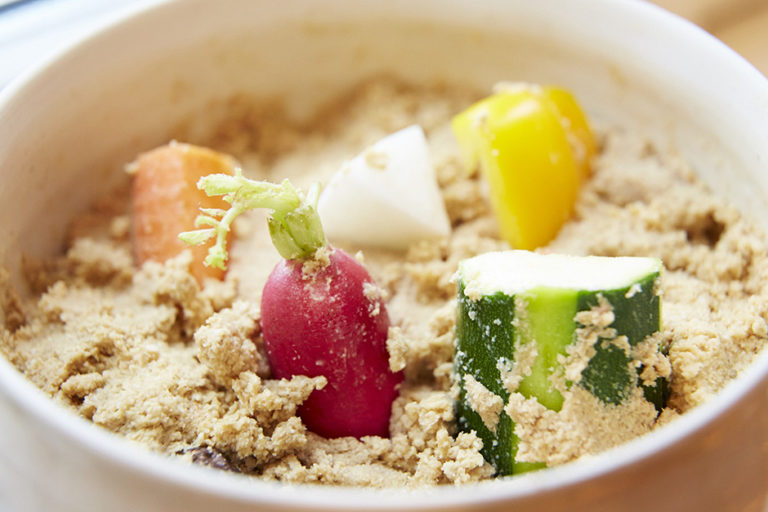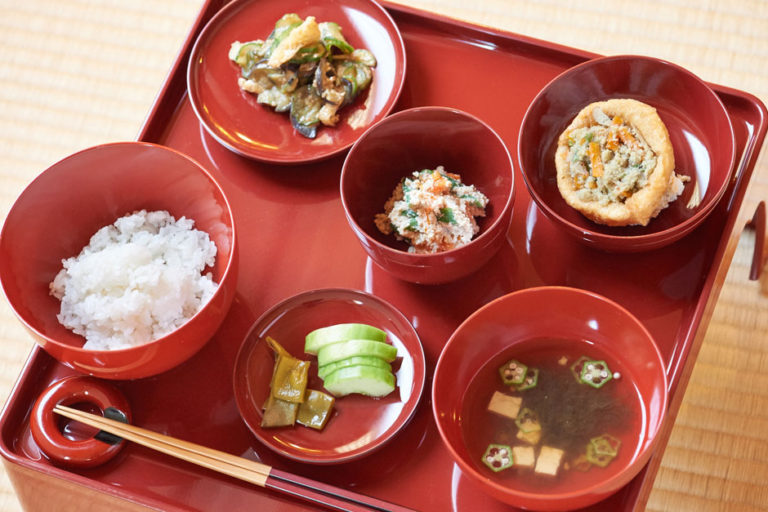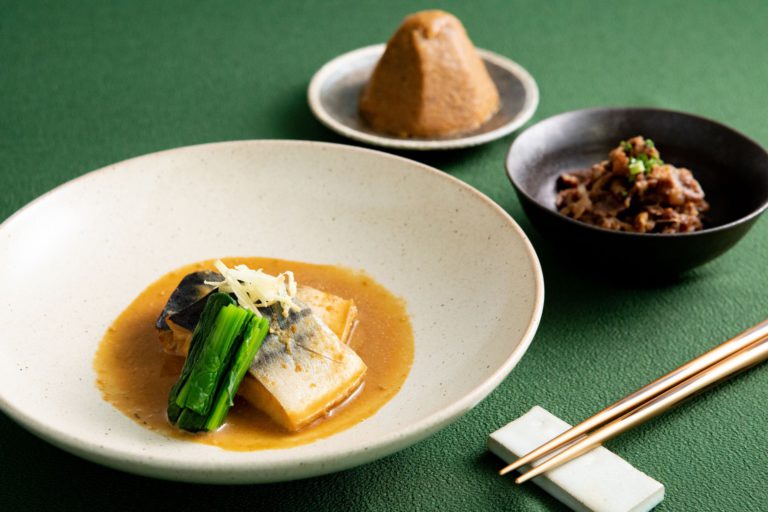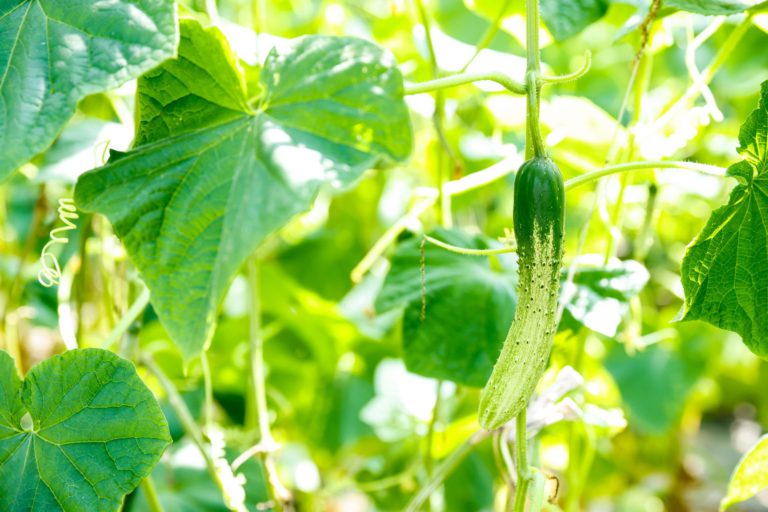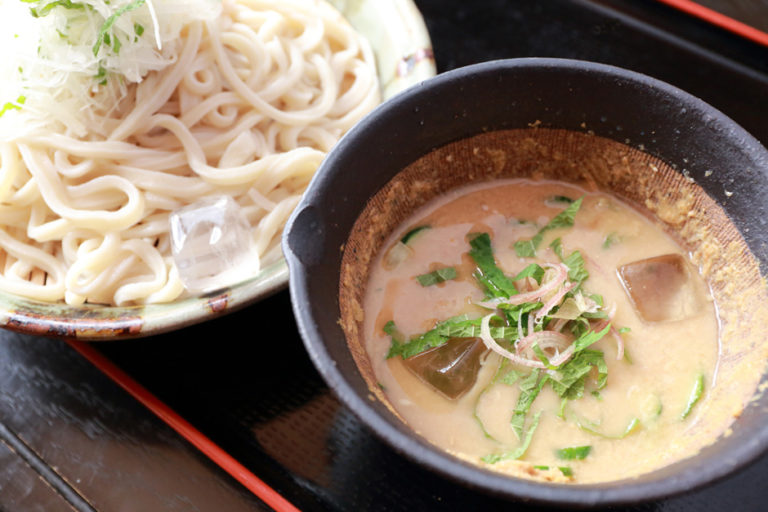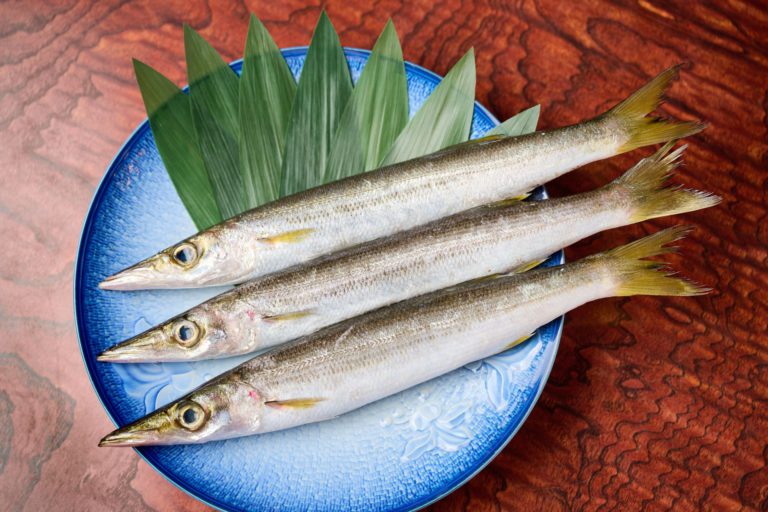Rice bran bed
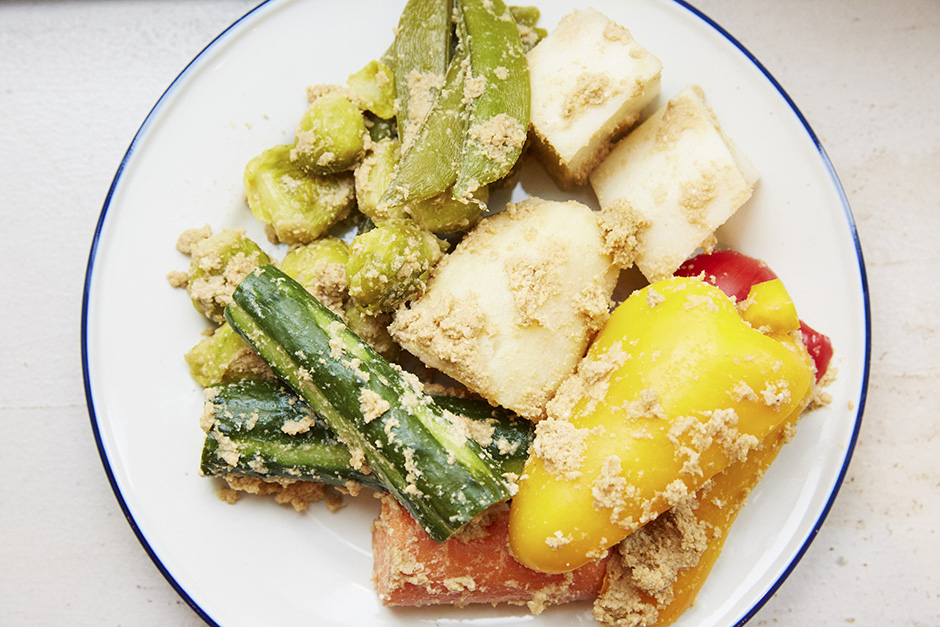
Ingredients
-
Fresh rice bran1kg
-
Salt100g
-
WaterAbout 1ℓ
-
Bed-preparing vegetables (Can be vegetable scraps.)2–3 cabbage leaves, 5 cups of cucumbers
-
Red chili peppers2–3
-
Dried kombu seaweedTwo 5–6 cm pieces
-
Dried shiitake mushroom powder1 tablespoon (optional)
Directions
-
Dissolve the salt in boiling water and let it cool.
-
Put the rice bran in a bowl. Gradually add the brine from step 1 and stir from the bottom. Mix the chili pepper (which will function as a preservative), dried kombu seaweed and dried shiitake mushroom powder (both give flavor) into the rice bran and mix so that the brine spreads evenly throughout the bran.

-
In the pickling container, layer the rice bran bed from step 2 and bed-preparing vegetables in an alternating fashion. Finally, flatten the surface, as if putting a lid on the vegetables with the bran. * The bed-preparing vegetables are needed to give the rice bran bed enough nutrients and the moderate moisture needed for fermentation. This works best with cabbage, daikon, radishes, carrots and any other vegetables with lots of moisture that do not have a harsh taste.
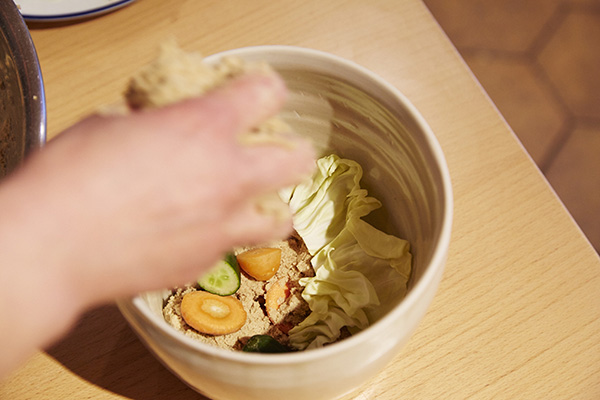
-
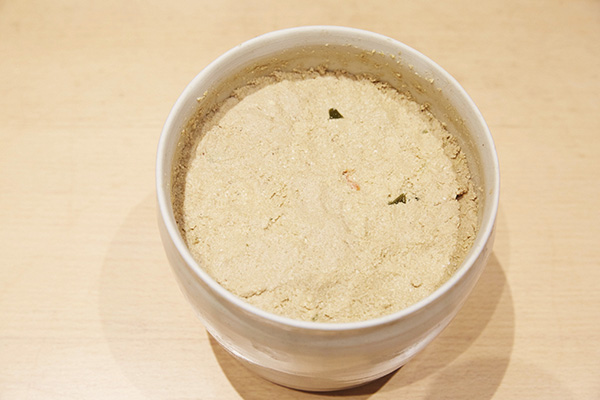
-
After a day and a half or two days, take out the pickled vegetables and put in a new batch of bed-preparing vegetables. Repeat this three times. On the third round, check the condition of the rice bran within one to two days to see if it has the right odor or if it is becoming soft and plump. If still unfermented, check the condition daily thereafter.
-
If the rice bran bed begins to smell nicely of fermentation, is soft, and tastes sour, the bed is ready. The preparation period is over after about seven to ten days (the number of days depends on the storage temperature, season and other factors). Store in a cool place away from direct sunlight (keep it in the fridge in the summer).
-
When pickling vegetables, make sure you thoroughly wipe the water off of them after washing. Pickle them for about half to one whole day. The time required depends on the season, where you keep the bran bed, and your flavor preference, so be flexible. It is best to find your favorite way and time to pickle.
-
Check the odor and flavor of the rice bran bed. Exercise caution if it smells pungent or rotten. Make sure it does not taste harsh.
-
Mix the whole rice bran bed as if mixing air into the whole bed, every day if possible, as if you are replacing the top part of the bed with the bottom part.
-
After mixing well, press down the bran bed with your hand to remove any air. Next, flatten the surface so that the bed is in contact with as little air as possible, preventing oxidization.
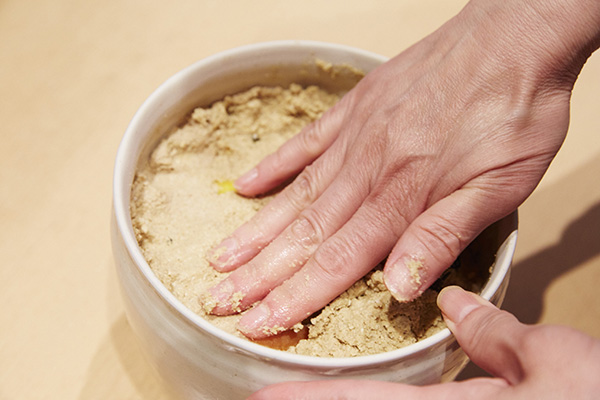
-
Wipe of any excess bran on the edge of the container with a towel and keep the container clean. Make sure to put a lid on, to keep dust and bugs at bay.
Recipe from : Rieko Teramoto (Food coordinator, and Director of Vegeo Vegeco)
Adding new bran
If the bran bed becomes too moist, you need to adjust the moisture level by adding fresh (roasted) bran, or, depending on how much you add, more salt and chili pepper. If you pour out the water oozing from the rice bran bed because it looks too moist, you will be getting rid of the ingredients and nutrients that give the vegetables their good flavor. So just add more bran to reduce the moisture.
To see if the bran bed has too much moisture, take a handful of the bed and tightly squeeze it. If water oozes out from between your fingers, it is the right moisture level. If it is more than oozing, add new bran.
※The white veil on the surface is called veil-yielding yeast. It means the rice bran bed is developing well, so you can mix that white veil into the rice bran bed. However, it can also be the source of harmful black and green molds, so do not leave it on the surface. If it becomes too thick and you are bothered by it, just scrape it away.

